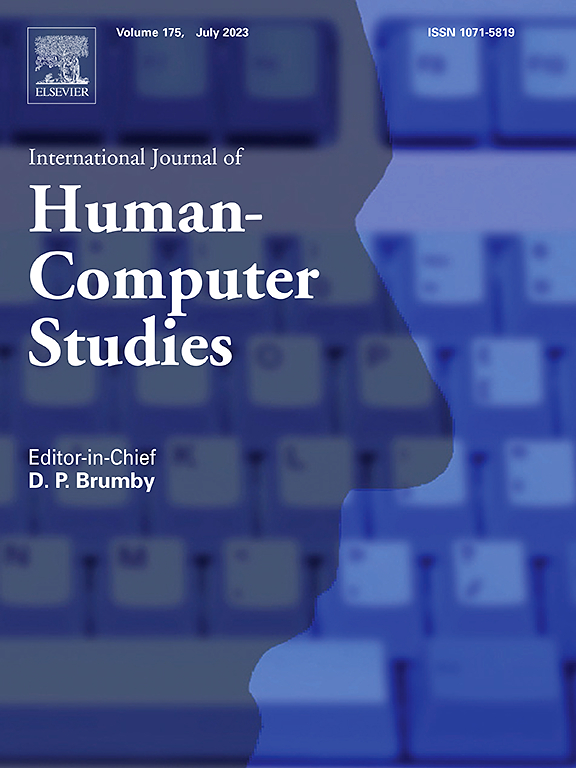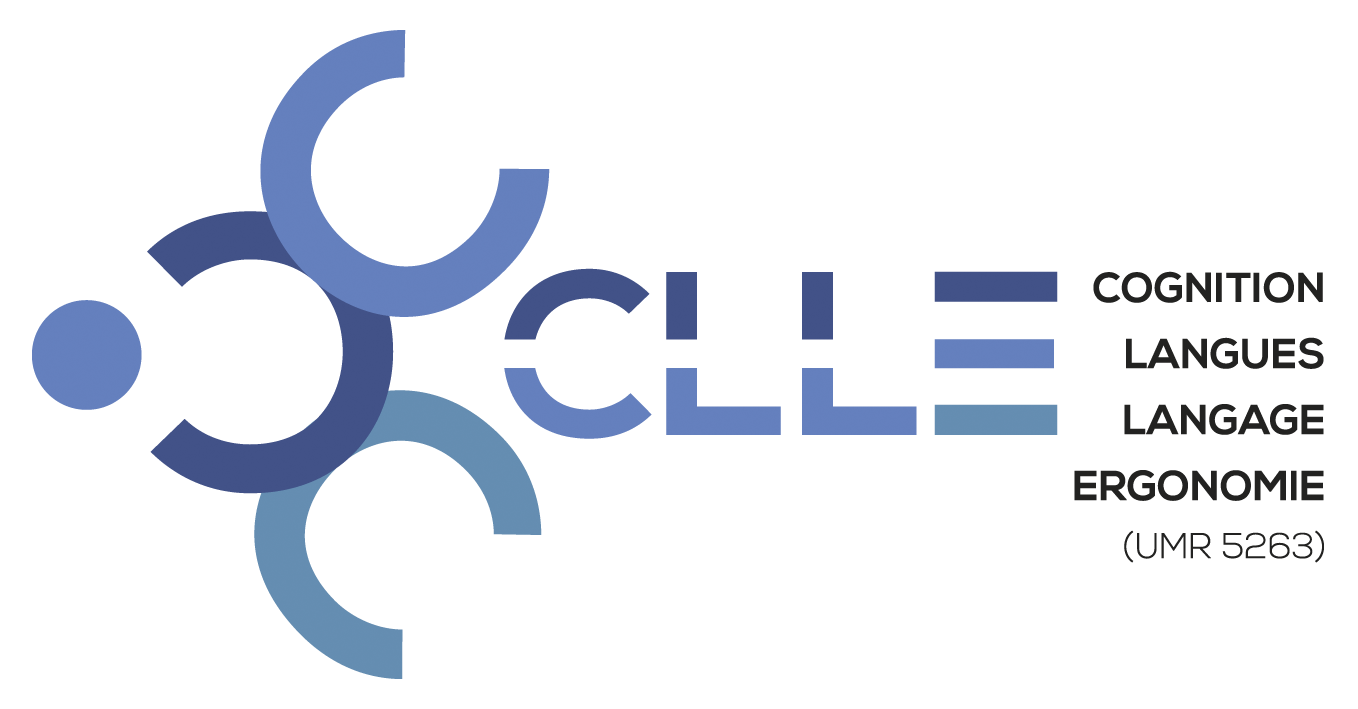-
Partager cette page
Earcons to reduce mode confusions in partially automated vehicles : Development and application of an evaluation method
Publié le 13 avril 2023 – Mis à jour le 13 avril 2023
Noé Monsaingeon, Loïc Caroux (CLLE), Sabine Langlois, Céline Lemercier (CLLE)
 Publication : International Journal of Human-Computer Studies
Publication : International Journal of Human-Computer StudiesPublisher : Elsevier
Date : August 2023
Partially automated vehicles have systems that can ensure lateral and longitudinal control through adaptive cruise control and lane centering assist, meaning that there are three possible levels (modes) of automation: manual driving, automated longitudinal control, and automated lateral and longitudinal control. Confusions can occur when drivers fail to perceive or comprehend the automation mode indicated by the interface. Earcons reflecting the hierarchy of these automation modes through the use of pitch, rhythm, and number of note variations could improve mode awareness. The goal of the present study was therefore to develop and test a method for assessing the efficiency of earcons as indicators of automation mode, based on a mode awareness model. This method consisted in checking during a controlled laboratory situation, that the earcons were perceived correctly (Experiment 1), comprehended in isolation (Experiment 2), and comprehended during the performance of a parallel visual task that mimicked the visual demand of driving with partial automation and having to react to changes of visual icons (Experiment 3). This method was applied to earcons indicating the hierarchy of automation modes. The results of these experiments indicated that the earcons were efficiently perceived. They were comprehended in isolation and had a provoked a small decrement to a visual task. The parameters used here to create earcons for the purpose of reducing mode confusions were therefore validated to future simulator studies. The method for assessing them could be applied elsewhere, to ensure that other auditory signals adequately contribute to all dimensions of mode awareness before being integrated to a vehicle.
Lire la suite





